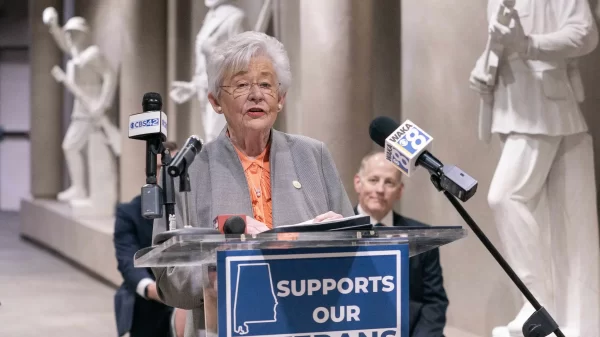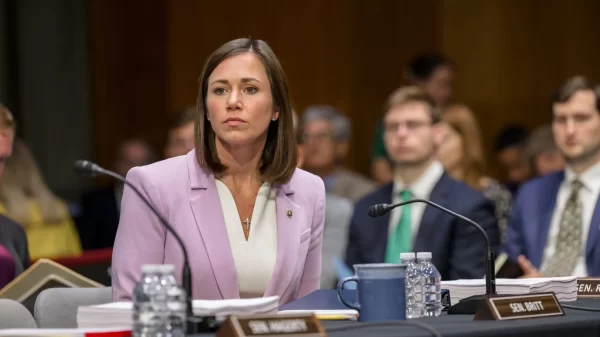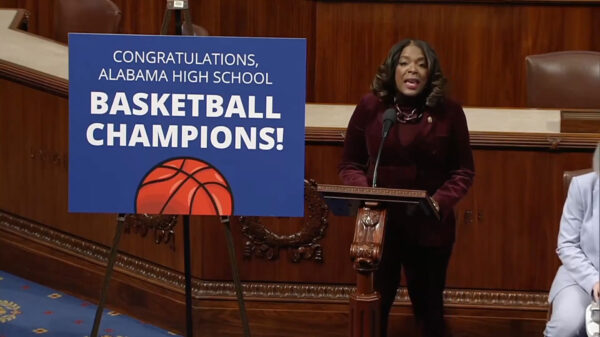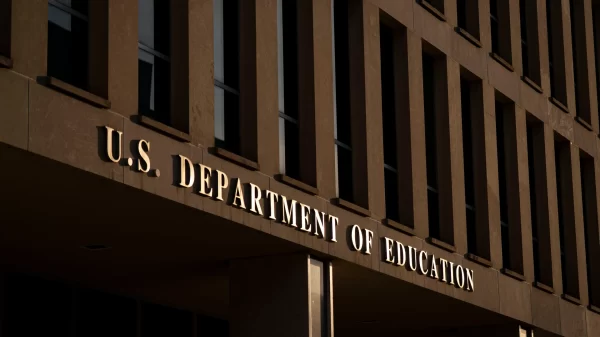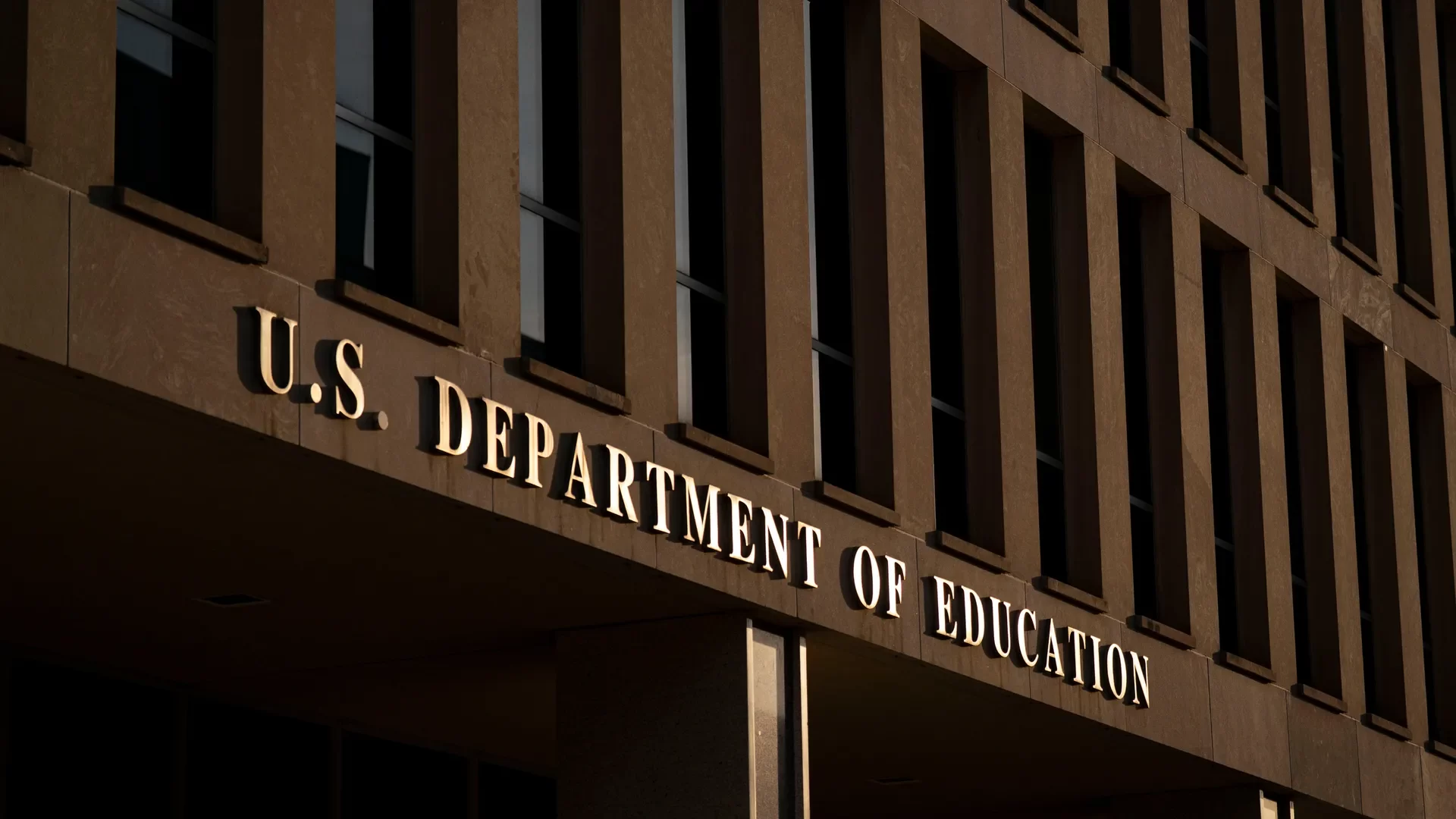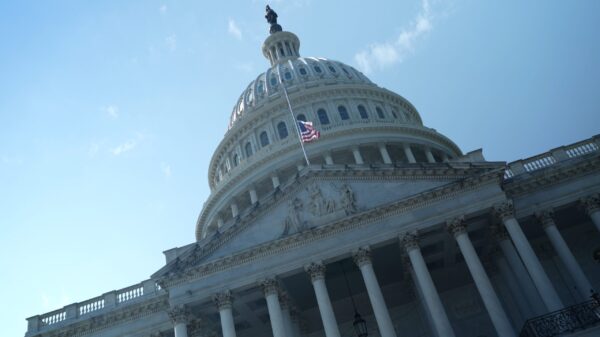|
Getting your Trinity Audio player ready...
|
Last week, President Donald Trump officially announced the elimination of the federal Department of Education by way of an executive order. Dismantling the ED was a key promise of Trump’s Project 2025 agenda and has long been a goal of far-right conservatives.
If Trump is successful, the department’s elimination will strip back billions of dollars in federal spending on public education. Some of the ED’s current functions, like managing student loans and federal grants for students with disabilities, will be continued by other executive agencies according to the executive order.
“The experiment of controlling American education through Federal programs and dollars — and the unaccountable bureaucracy those programs and dollars support — has plainly failed our children, our teachers, and our families,” the order reads.
“The Department of Education has entrenched the education bureaucracy and sought to convince America that Federal control over education is beneficial. While the Department of Education does not educate anyone, it maintains a public relations office that includes over 80 staffers at a cost of more than $10 million per year,” it continues.
The order also argues that the ED is responsible for the nation’s low reading and math scores.
Both U.S. Sen. Katie Britt, R-Ala., and U.S. Sen. Tommy Tuberville, R-Ala., celebrated Trump’s order on the social media platform, X.
“Educational decisions should be made at the most local level possible, starting with parents,” Britt wrote. “Educational freedom opens the door to the American Dream nationwide. Let’s make America the envy of the world again when it comes to education.”
“The federal government doesn’t belong in the classroom, plain and simple,” Tuberville wrote. “Promises made, promises kept.”
However, opponents of the policy argue that eliminating the ED will harm state and local school systems, not benefit them.
“The U.S. public education system needs all sorts of reforms to boost its capacity to provide an excellent education to all children. But public education is also why the United States became the richest country the world has ever seen, and its future depends on maintaining and strengthening this system—not tearing it down,” argues Hilary Wething of the Economic Policy Institute.
“Often, demands to ‘abolish’ the DOE are accompanied by vague reassurances that the money spent by the DOE will somehow be ‘returned to the states.’ But the vast majority of money spent by the DOE is exactly given to state and local school systems… just over 51 percent of federal funding goes to the third of districts with the greatest need (as measured by district poverty), while only 18 percent goes to the third of districts with the lowest neighborhood poverty,” Wething continues. “Unless one is entirely confident that a Trump administration-led effort to ‘return’ this money to state and local districts will somehow be as effective in targeting higher-poverty districts, it is a near-guarantee that any effort to cut or abolish the DOE will take money directly out of those districts whose students need it the most.”
Wething also disagrees with the notion that dismantling the ED will lead to increased test scores and better educational outcomes.
“Nearly 90 percent of K–12 students attend public schools. A strong research base indicates that these schools would benefit from higher levels of resources, with dollars translating directly into higher test scores and better post-school outcomes for students. Privatization of public schools is not a serious option to make them better—yet privatization is the clear goal of the Trump administration,” she writes.
Data also suggests that gutting the ED could be particularly harmful to poorer Southern states like Alabama.
Alabama consistently ranks among the worst states in the country when it comes to education. Due to this poor standing, the Department of Education actually tends to spend more on Alabama than many other states.
In 2022, 17.9 percent of Alabama’s school district revenue came from federal funding. Additionally, Alabama received $235.7 million in IDEA funding, $302.8 million in Title I funding, $558 million in Pell Grants and over $24 million in career and technical education grants from the ED in 2024, according to the National Education Association.
Experts argue that states with more low-income families and higher shares of Title I funding, like Alabama, will experience a greater financial burden as a result of the ED’s elimination.
“In states that are already financially strained because they just have less wealth, this could result simply in less funding and fewer resources for the students,” Kevin Welner, the director of the National Education Policy Center, told Axios last month.
Even before Trump announced his plans to dismantle the Department of Education, Alabama’s public schools were already facing negative economic pressure as a result of the CHOOSE Act, a Republican initiative to further privatize the state’s education system which went into effect earlier this year. Although the CHOOSE Act uses the same “school choice” language emphasized in Trump’s executive order, the law effectively siphons money away from public education in the state to provide private school vouchers to wealthier Alabamians. The elimination of the ED would likely compound with the effects of the CHOOSE Act, leaving Alabama’s public education system seriously underfunded.
However, it is also possible that Trump’s executive order will never actually go into effect. Following the order’s announcement, two major lawsuits were brought forward by various teachers groups, unions and advocates in both Massachusetts and Maryland. The suits look to block Trump’s dismantling of the ED, arguing that the department cannot be closed without the consent of Congress.
“Donald Trump’s own secretary of education has acknowledged they can’t legally shut down the Department of Education without Congress,” said Aaron Ament, president of the National Student Legal Defense Network, which is helping represent the National Education Association in the Maryland lawsuit.
“Yet that is, for all intents and purposes, exactly what they are doing,” he added. “It’s a brazen violation of the law that will upend the lives of countless students and families.”
While the president is responsible for overseeing the operations of executive branch departments, it is Congress, not the chief executive, that is vested with the power to create or eliminate executive agencies according to the U.S. Constitution.
The Alabama State Department of Education did not respond to APR’s request for comment regarding how the elimination of the federal ED would affect the state’s public education system.








